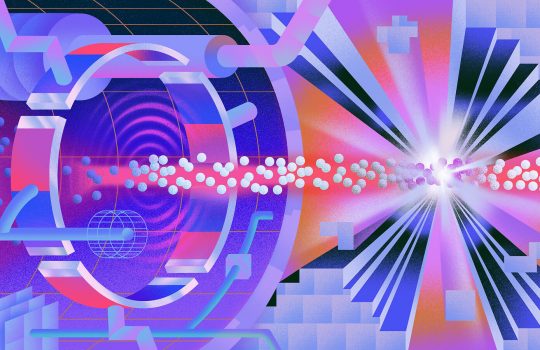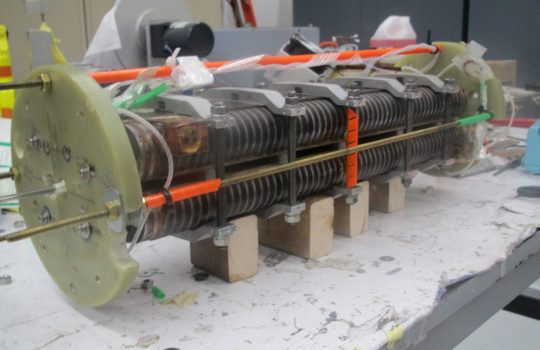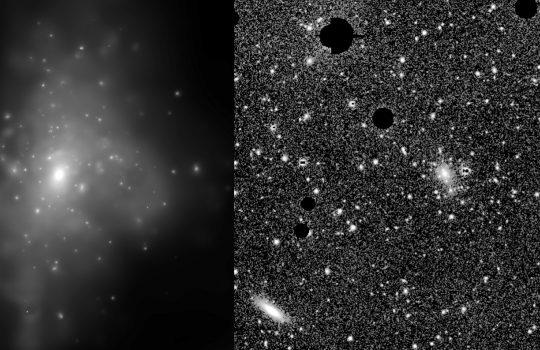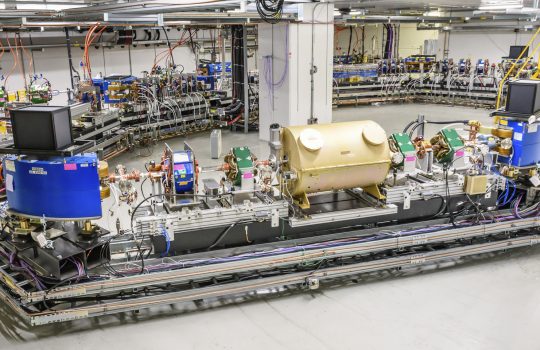What is luminosity?
- beam
- CERN
- CMS
- High-Luminosity Large Hadron Collider
- High-Luminosity LHC
- HL-LHC
- Large Hadron Collider
- LHC
- luminosity
- magnet
Later this decade, the Large Hadron Collider will be upgraded to the High-Luminosity LHC. What does “luminosity” mean in particle physics, and why measure it instead of collisions?










